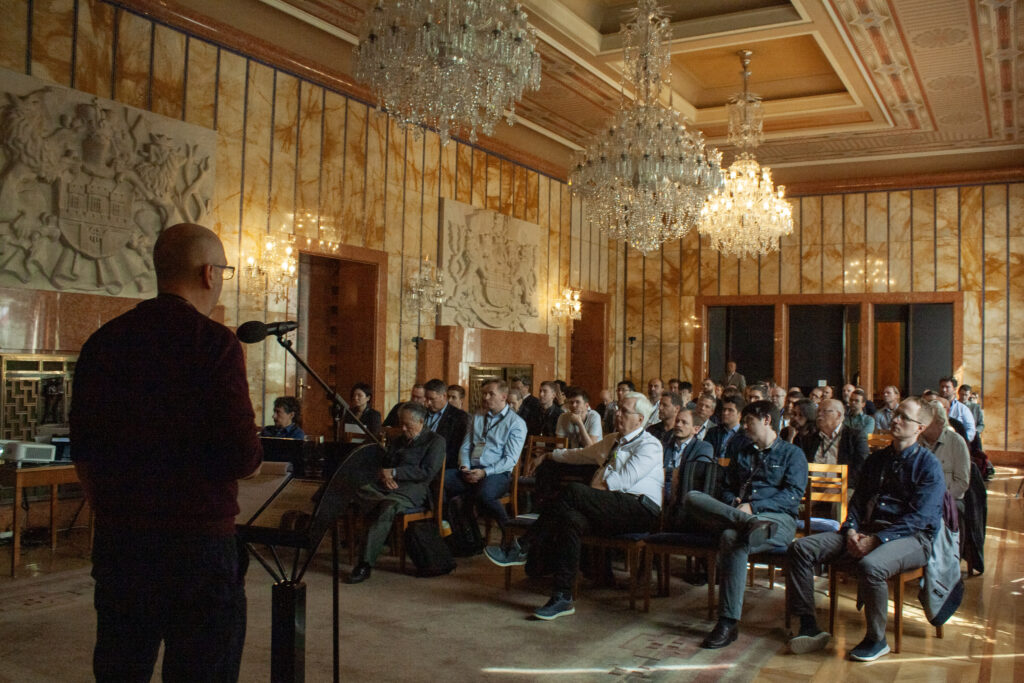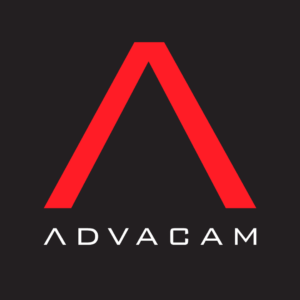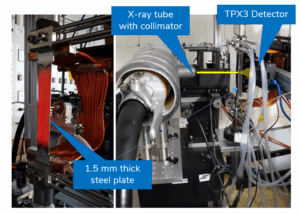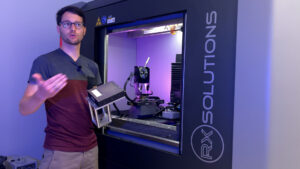A mobile robot capable of creating detailed 3D X-ray images of the internal structure of aircraft, missiles, cars or even biological tissues attracted more than 80 industrial companies and research institutions from around the world to Prague. Guests at the 1st Robo CT User Forum included engineers from global brands such as BMW, Comet Yxlon, Porsche, GE Global Research, IHI Corporation, Boeing and Blue Origin.
Eight experts from Germany, Austria, the United States and the Czech Republic presented innovative applications of computed tomography (CT) performed with robotic arms. This is an innovative method for industrial non-destructive testing and imaging of lightweight materials. One moving arm is equipped with a radiation source, while the other is equipped with an advanced particle detector. This allows variable methods and combinations of methods to be applied and anomalies hidden within the sample to be detected.
Conventional methods of material inspection using X-ray often encounter obstacles such as the size or shape of the object. These can make the resulting images distorted or costly. However, the combination with robots helps to overcome these obstacles.
Typically, this technology is applied by testing experts in the automotive and aerospace industries. X-rays help them to detect hidden defects in bodies and components. Robotic CT also has its place in plant scanning, where it can reveal the yield of ears or the presence of parasites. Another unusual application is the restoration and authentication of artwork.
ADVACAM was represented by Jan Jakubek
Thanks to the mobility of the robotic arms, it is possible to precisely control the relative position of the detector, the radiation source and the specimen being monitored. This makes it possible to obtain detailed images from many angles, which subsequently form a planar or three-dimensional model of the object that accurately shows the location of anomalies or defects. This technology can also be combined with other non-destructive methods such as ultrasonic inspection and laser surface profiling.
Radalytica has also developed prototype devices that apply robotic CT in the medical field. Thanks to the fact that the particle detectors supplied by sister company ADVACAM can distinguish the wavelengths of incoming radiation, this method can differentiate between different types of tissue. This can help detect hidden growths or tumours and, in particular, makes their treatment more precise. An example of the application of robotic CT is Irradion, a project that modifies a robotic scanner being developed for the purpose of research into ion beam cancer treatment.



